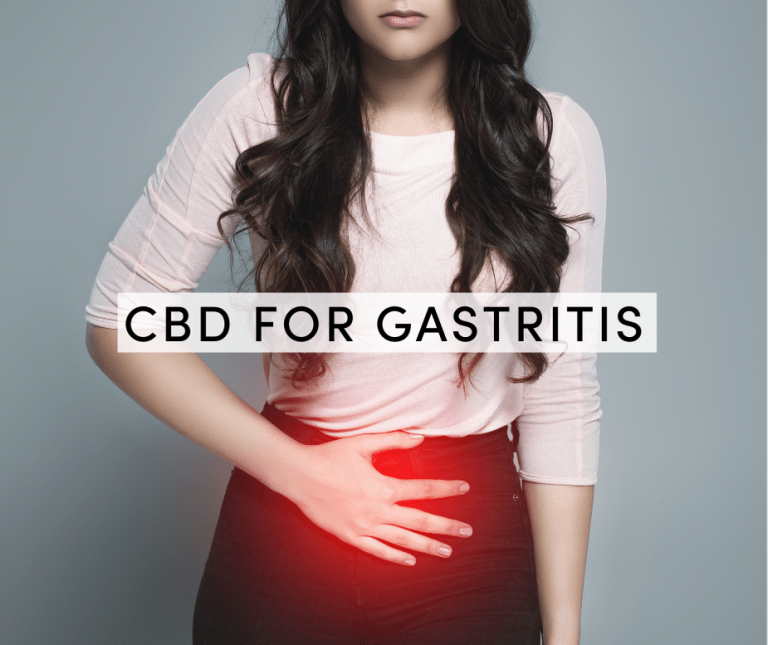Using CBD for Carpal Tunnel: Could it Provide Pain Relief?

Posted on February 11th, 2021
Carpal tunnel syndrome is a common reason for nerve pain (or neuropathy). It causes a wide range of uncomfortable symptoms that affect the arms, hands, and fingers. Sadly, there are limited effective therapies when it comes to carpal tunnel syndrome. Some treatments may aid patients in alleviating their symptoms. However, they usually come with a higher risk of different side effects. They also do little to deal with the underlying reason for the pain. Recently, supplements such as CBD oil and marijuana have emerged as a potentially beneficial product for neurological pain. So, how do you use CBD for carpal tunnel syndrome? And how does it work? Let’s investigate.
What is Carpal Tunnel Syndrome?
The term “carpal tunnel” refers to a narrow passageway in your wrist. Primarily, it enables the median nerve to move from your forearm to the hand. The nerve mainly deals with the movement and sensation in the first three fingers, thumb, and palm.
If the carpal tunnel gets swollen, it might exert pressure on the nerve causing pain and strange feelings. This phenomenon is what we know as carpal tunnel syndrome.
Generally speaking, this disorder is a form of “entrapment neuropathy.” The phrase basically means that it’s a form of nerve pain that doesn’t originate from the actual nerve fibers. It’s the surrounding anatomy exerting pressure on the median nerve that brings the different symptoms of carpal tunnel syndrome.
 Treatments Besides CBD for Carpal Tunnel
Treatments Besides CBD for Carpal Tunnel
In most cases, this condition will resolve with enough rest and keeping away from aggravating activities. Patients with carpal tunnel syndrome can potentially quicken their recovery by:
– Performing wrist and hand exercises
– Applying cold packs to cope with swelling and heat
– Wearing a wrist splint every night for about four weeks
– Using over-the-counter anti-inflammatory drugs and painkillers
– Trying alternative therapies, e.g., chiropractic treatment, acupuncture, or yoga.
In case a person’s carpal tunnel syndrome doesn’t respond to the above ways, then their doctor might recommend a steroid injection. The focus is on reducing pressure on the nerve and alleviating inflammation. At times, these injections only offer temporary relief, and regular use might lead to more complications.
Surgery is another option when it comes to carpal tunnel syndrome. However, this is often a last resort. Because of the risks of surgery, doctors only advise it in extreme cases. Even so, carpal tunnel correction is still one of the more common operations in the U.S.
Are you interested in a more natural alternative? If so, it may be time to look into CBD for carpal tunnel syndrome.
 Medical Marijuana
Medical Marijuana
Generally speaking, one reason why patients use medical marijuana is to alleviate pain, such as neuropathic pain. Primarily, it works by targeting the body’s endocannabinoid system (ECS).
This ECS is a complex network of cell receptors and several chemicals called endocannabinoids. They act together as a signaling mechanism all over the body. In general, the ECS is involved in appetite, movement, mood, and memory, to mention just a few of its functions.
Furthermore, the ECS is responsible for the transmission of pain signals. CB1 is a type of cannabinoid receptor that’s predominantly expressed throughout the brain and nervous system. Researchers believe that in the ECS, endocannabinoids block certain neurotransmitters, thus hindering pain singles.
It’s here that cannabis induces its analgesic effects. THC is one of the chemical compounds existing in marijuana and has the same molecular structure as our endocannabinoids. Because of its structure, it can adhere to CB1 receptors and cause a comparable effect.
The Downside of Marijuana
Nonetheless, the body converts THC much more slowly compared to our natural endocannabinoids. That also means that the impacts of cannabis might last for a relatively long time. Because of marijuana’s strong stimulation of these CB1 receptors, it causes the characteristic high.
Sadly, cannabis causes some intoxicating effects that might be off-putting for some users. A certain 2018 study that looked into cannabis & nerve pain had some interesting results. Generally, it was discovered that people using cannabis had a higher chance of dropping out of clinical trials compared to those using a placebo.
According to the researchers, they cited severe psychiatric and nervous system effects as the key reason. However, the review found that individuals using cannabis-derived medicines had a higher likelihood of experiencing about 50% improvements in pain.
Fortunately, if you want to reap the benefits of using cannabis for carpal tunnel while avoiding the “high” feeling, there is at least one more good option.
CBD for Carpal Tunnel
Until recently, most of the research on cannabis for pain has focused on THC. Fortunately, more information has recently become available about its counterpart, CBD.
While CBD doesn’t adhere to cannabinoid receptors like THC, it still possesses a powerful influence over the ECS. It seems to decelerate the breakdown of endocannabinoids; thus, boosting their effects. What’s more, CBD interacts with many other physiological systems. For example, it affects the family of TRPV (transient receptor potential cation vanilloid) receptors. These receptors have a significant role in sensory perception, such as pain.
CBD also seems to regulate the immune system, allowing it potent anti-inflammatory effects. According to several studies, CBD might be effective in the treatment of various inflammatory conditions.
One primary reason why CBD may be beneficial when it comes to various health disorders is that it indirectly influences CB1 & CB2 receptors. It does this when triggering TRPV1 receptors.
The synergistic effect mainly helps alleviate inflammation and controls pain-based perceptions and body temperature. Above all, CBD works with the endocannabinoid system to enhance homeostasis in the body. As a result, if you’re looking for relief from carpal tunnel syndrome, you may discover that your body enjoys numerous benefits of CBD.
Types of CBD for Carpal Tunnel
In most cases, users prefer their CBD in tincture form whereby they place a few drops beneath their tongue. Doing this enables the compound to bypass the digestive system and absorb directly into your bloodstream.
Nevertheless, since CBD has increased its popularity, newer consumption methods have been introduced. Edibles and capsules provide a more convenient method to dose CBD, although vaping offers quicker effects.
 Another common way of using CBD is through topical preparations. They enable consumers to apply the compound to the body area where it is most needed. Because of this, individuals considering topical CBD for carpal tunnel might simply rub it onto their wrists.
Another common way of using CBD is through topical preparations. They enable consumers to apply the compound to the body area where it is most needed. Because of this, individuals considering topical CBD for carpal tunnel might simply rub it onto their wrists.
When picking a CBD product, it would be best to choose a brand like Tanasi that utilizes full-spectrum CBD. Typically, these products consist of a variety of other cannabinoids as well as other compounds like terpenes. Some of these other compounds have painkilling and anti-inflammatory effects of their own. Some experts also believe that they function together in something known as the “entourage effect.”
Third-party lab reports are another crucial thing to look for. Unaffiliated labs test products to prove that a particular product consists of everything that it claims to. They’re a good sign that a given brand is legitimate and prides themselves in their CBD quality.
Keep in mind, precise CBD doses differ from one person to another and rely on variables like body weight.
Choosing the Right Product
You should use the same caution with CBD as you do with over-the-counter medications. Reliable online or dispensary retailers should have all of the information you need to feel confident in their products. This includes clear labeling of ingredients, cannabinoid amounts, and third party testing certification. With that in mind, you ought to compare and contrast various products and merchants before your decision.
CBD possesses anti-inflammatory qualities that may relieve carpal tunnel symptoms. Furthermore, it’s also highly beneficial when it comes to seizures, and may help people with glaucoma, anxiety, and many other issues. So, if you’re curious about exploring the world of cannabinoids, do your research and go for it. CBD is federally legal in the US, but state laws can be confusing, so double check your local laws and regulations.
Conclusion
There’s limited specific research into the relationship of cannabis and carpal tunnel. However, it has proven highly beneficial for neurological pain in general. Since there are few other effective natural treatments available for carpal tunnel, it might be worth trying.
However, it would be prudent to consult your physician before trying CBD for carpal tunnel syndrome. They can best advise you about potential interactions with medications you may be taking.

Related Posts in CBD Wellness

Aug 29 2021
CBD Muscle Recovery: What You Need to Know
Read More →
Feb 11 2021
Using CBD for Carpal Tunnel: Could it Provide Pain Relief?
Read More →
Feb 10 2021
Using CBD for Gastritis May Provide the Relief You’re Looking For
Read More →
Dec 19 2020

